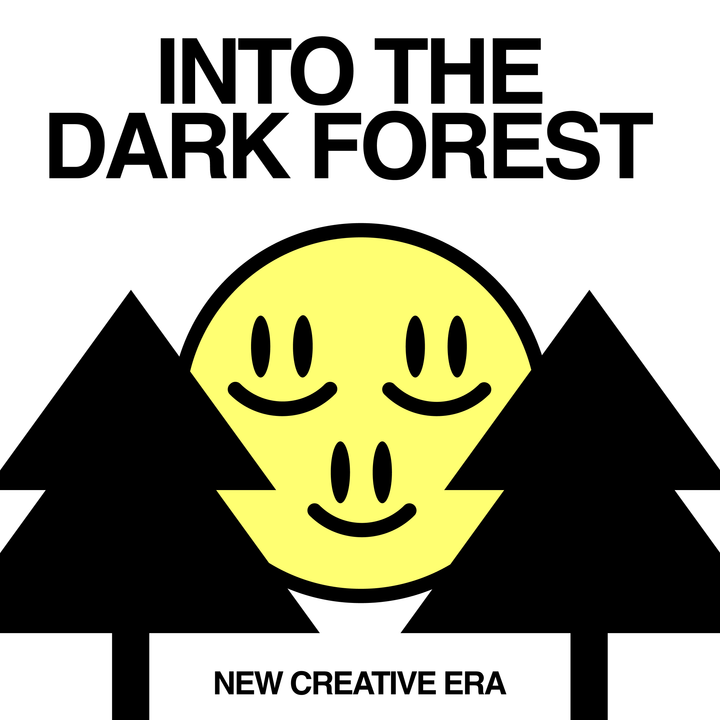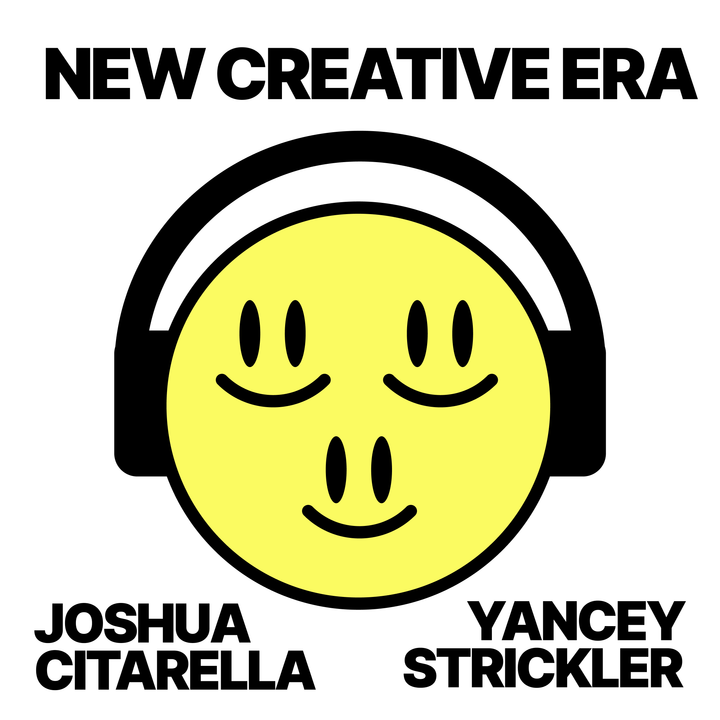The economics of dark forest spaces

In the world of online platforms there’s a well-known pattern called the 90-9-1 rule. It says that in most online spaces, 90% of people silently consume; 9% interact (liking or commenting); and 1% create the material itself.
But what about dark forest spaces? Do they follow the same logic, or something different?
In this week’s episode of New Creative Era (Apple, Spotify), Josh and I dig into how these spaces practically function, and the underlying economics that drive them. The conversation reveals three key lessons:
01 Dark forest spaces are a stack, not a singular product (so far).
Today there’s no full-stack product that provides the dark forest experience. Instead people chain together a set of tools: a group chat, an external communication channel, a shared brain, and some way for people to pay. No single product integrates these into one place. That will change. (DFOS cough)
02 Dark forest spaces are closed and have rules about who can join them.
What makes dark forest spaces distinct from the rest of the web is that they’re not default-open. That makes it possible to have more sensitive conversations away from unwanted eyes. Some might call this exclusive, others might see it as curating a space for the most-invested people. In that sense dark forests are closer to the physical world, where not everyone is invited to everything, than the digital world, where we assume that we are.
03 Dark Forest dynamics reflect the 90/9/1 rule.
In the new episode, Josh breaks down the exact numbers behind his Do Not Research group. Josh points out that the group has:
- 33,000 Instagram followers
- 15,000 Substack subscribers
- 3,000 Discord members
- 300 people who write for the group
Numbers that mirror almost exactly the lurker-to-contributor ratio that the 90-9-1 rule theorizes. But what's different about dark forests is they greatly increase everyone's capacity to contribute and participate in whatever the group is gathered about. They're a platform for groupcore more than consumption.
For more on how dark forest spaces work, what tools they stitch together, and how the upcoming DFOS fits in, tune into our latest episode on Apple, Spotify, or here in your browser:

Thanks for reading and listening, and wishing a great holiday weekend to all who celebrate.
Peace and love,
Metalabel



Comments ()